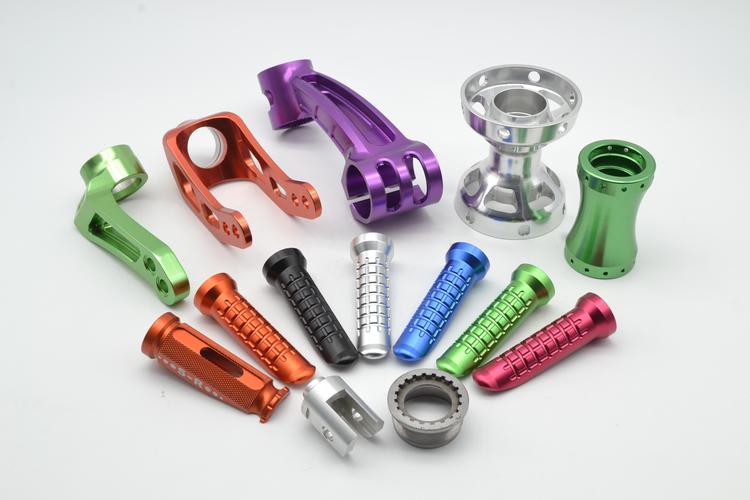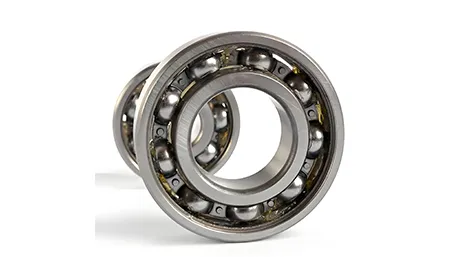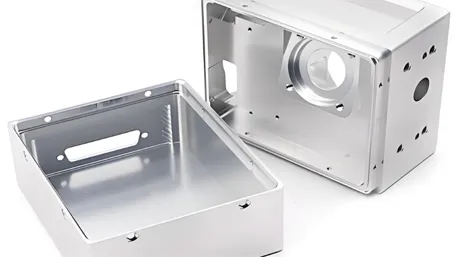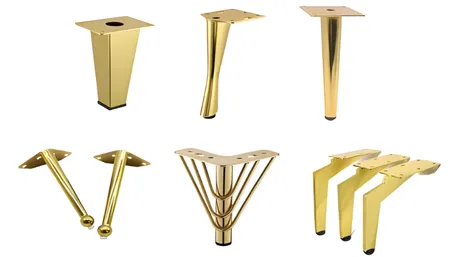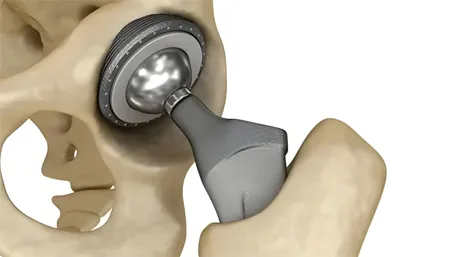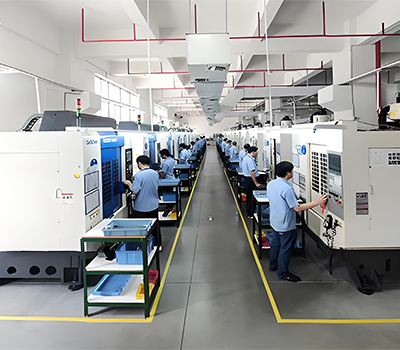In manufacturing, CNC stands for Computer Numerical Control—a technology that uses preprogrammed computer software to control the movement of machine tools. Unlike manual machining, where operators guide tools by hand, CNC systems translate digital designs (CAD models) into precise, automated motions (drilling, cutting, grinding), ensuring consistent production of complex parts with minimal human intervention.
1. Core Technology Behind CNC
CNC’s functionality relies on three key components working in tandem:
- CAD/CAM Software: Computer-Aided Design (CAD) creates 3D models of parts, while Computer-Aided Manufacturing (CAM) converts these models into machine-readable code (G-code or M-code). G-code specifies tool paths, speeds, and feeds (e.g., “G01 X10 Y5 F200” commands linear movement to coordinates X10/Y5 at 200mm/min).
- CNC Controller: The “brain” of the system, it interprets G-code and sends electrical signals to motors, regulating tool and workpiece movement. Modern controllers (e.g., Fanuc Series 0i, Siemens Sinumerik) support real-time adjustments, such as slowing feed rates if vibration is detected.
- Machine Tools: CNC-compatible machines include mills (3-axis to 5-axis), lathes, routers, and grinders. These tools use servo motors or stepper motors for precise positioning—often to within ±0.001mm—enabling intricate cuts in metals, plastics, and composites.
2. CNC Machining Process
The workflow for CNC manufacturing follows a structured sequence to ensure accuracy:
- Design & Programming: Engineers create a CAD model (using SolidWorks, AutoCAD) and define critical dimensions (e.g., hole diameter, surface finish). CAM software generates tool paths, optimizing for efficiency (e.g., minimizing tool changes) and avoiding collisions between the tool and workpiece.
- Setup: Operators secure the raw material (e.g., aluminum block, steel bar) in a fixture or chuck, ensuring rigidity to prevent vibration. They load the G-code into the CNC controller and calibrate tool offsets (compensating for tool length/diameter variations).
- Machining: The machine executes the program automatically, with tools cutting, drilling, or shaping the material. Sensors monitor parameters like spindle speed (1,000–40,000 RPM) and cutting force, pausing operation if anomalies occur (e.g., a broken tool).
- Inspection: Finished parts undergo quality checks using calipers, CMMs, or optical scanners to verify compliance with CAD specs. For high-precision parts (e.g., medical implants), 100% inspection ensures tolerances (±0.002mm) are met.
3. Materials Compatible with CNC
CNC machining works with diverse materials, each requiring tailored parameters:
- Metals: Aluminum (6061, 7075) is easy to machine for lightweight parts (e.g., aerospace brackets). Steel (304 stainless, 4140 alloy) requires harder tools (carbide) for structural components. Titanium (Ti-6Al-4V) demands high-speed, low-force cutting to avoid heat-induced warping—critical for medical prosthetics.
- Plastics: ABS and PC are machined for consumer electronics (e.g., phone cases). PEEK, a high-temperature plastic, is used in medical devices and requires slow feeds to prevent melting.
- Composites: Carbon fiber-reinforced polymers (CFRP) need diamond-coated tools to avoid fiber fraying, used in automotive and aerospace for strength-to-weight ratio.
4. Key Advantages in Manufacturing
CNC technology outperforms manual machining in several critical areas:
- Precision & Consistency: CNC machines repeat movements to ±0.001mm, ensuring identical parts across batches. This is vital for assemblies (e.g., engine components) where misalignment could cause failure.
- Complexity: 5-axis CNC machines handle intricate geometries—such as turbine blades with twisted airfoils or mold cavities with undercuts—that are impossible to produce manually.
- Efficiency: Automated operation reduces labor costs and enables 24/7 production. For high-volume parts (e.g., automotive sensors), CNC lines achieve cycle times under 2 minutes, far faster than manual methods.
- Flexibility: Changing production runs only requires updating the G-code, making CNC ideal for prototyping (1–10 parts) and mass production (10,000+ parts) alike.
5. Applications Across Industries
CNC manufacturing is ubiquitous in sectors requiring precision and reliability:
- Aerospace: Produces engine parts (turbine disks, fuel nozzles) from heat-resistant alloys (Inconel 718), with 5-axis machines ensuring aerodynamic accuracy.
- Automotive: Machines transmission components (gears, shafts) and chassis parts (brackets, hinges) in high volumes, using CNC lathes for cylindrical features and mills for flat surfaces.
- Medical: Creates custom implants (knee replacements, dental abutments) from titanium or PEEK, with CNC ensuring biocompatible surfaces and precise fits to patient scans.
- Electronics: Manufactures circuit board enclosures, heat sinks, and connector housings from aluminum or plastic, requiring tight tolerances (±0.01mm) for component fit.
- Consumer Goods: Produces items like watch cases (stainless steel), smartphone frames (aluminum), and furniture hardware, balancing aesthetics and functionality.
6. Limitations and Evolution
While powerful, CNC has constraints:
- High Initial Cost: CNC machines (e.g., a 5-axis mill) cost (50,000–)500,000, making them impractical for small-scale operations without sufficient volume.
- Programming Complexity: Generating error-free G-code requires skilled CAM programmers, especially for complex parts.
- Material Waste: CNC removes material from solid blocks, resulting in scrap rates of 10–30% (higher than additive manufacturing for complex shapes).
Modern advancements address these issues:
- AI-Enhanced CNC: Machine learning optimizes tool paths in real time, reducing cycle times by 15–20% and extending tool life.
- Hybrid Systems: Combining CNC with 3D printing (e.g., additive manufacturing for near-net shapes, then CNC finishing) minimizes waste and expands design possibilities.
In summary, CNC (Computer Numerical Control) revolutionizes manufacturing by enabling automated, precise production of complex parts across materials and industries. Its integration of software, hardware, and advanced materials makes it indispensable for modern manufacturing, balancing efficiency, quality, and scalability.
